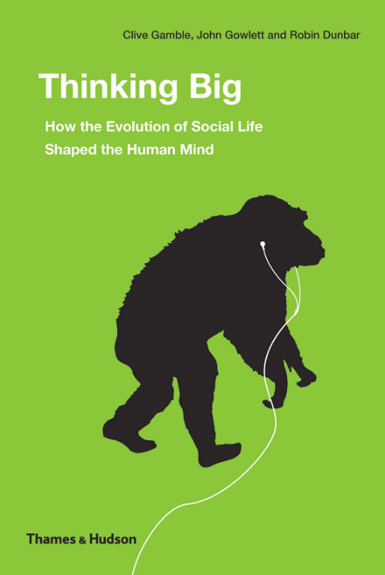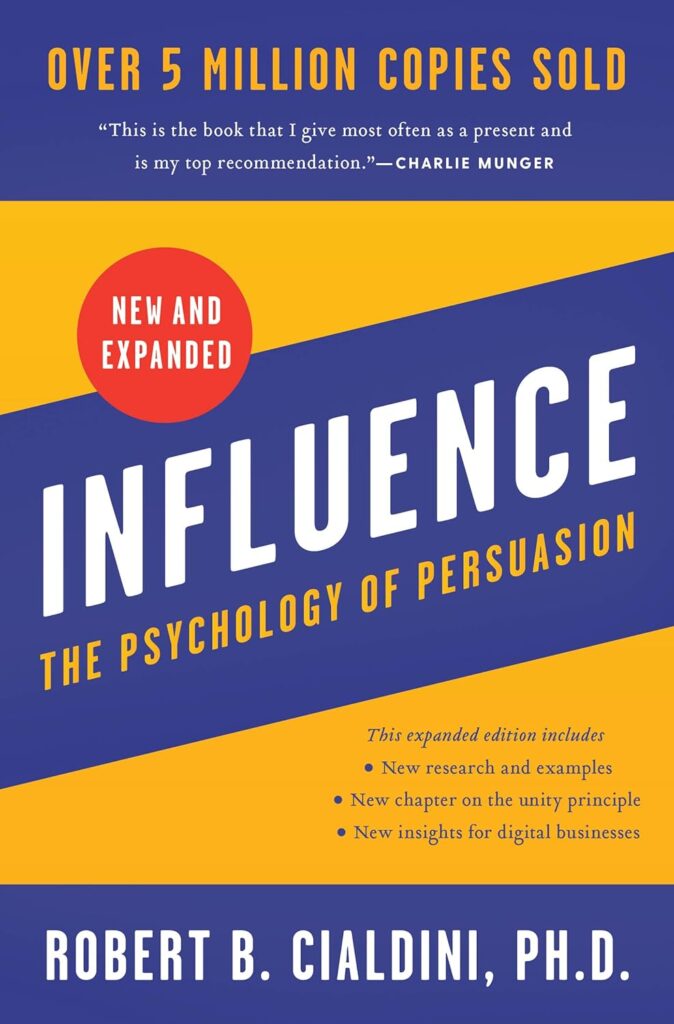
Thinking Big
How the Evolution of Social Life Shaped the Human Mind
By Robin Dunbar, Clive Gamble & John Gowlett
When and how did the brains of our hominin ancestors become human minds? When and why did our capacity for language, art, music and dance evolve? This pathbreaking book proposes that it was the need for early humans to live in ever-larger social groups over greater distances—the ability to “think big”—that drove the enlargement of the human brain and the development of the human mind. This “social brain hypothesis,” put forward by evolutionary psychologists such as Robin Dunbar, can be tested against archeological and fossil evidence.
The conclusions here—the fruits of over seven years of research—build on the insight that modern humans live in effective social groups of about 150 (so-called “Dunbar’s number”), some three times the size of those of apes and our early ancestors. We live in a world dominated by social networking. Yet our virtual contact lists, whether on Facebook or Twitter, are on average no bigger than Dunbar’s number.
Categories: Our Contributors' Book Reviews, Our Mind in the Modern World, The Evolution of Language
Subjects: evolution, human behavior, human relationships, social psychology
- All Books by Section
- Our Contributors' Book Reviews
- Books Referenced in Human Journey Sections:
- Journey of the Human Mind
- Our Prehistoric Ancestors »
- The Evolution of Language
- Ideas that Shaped Our Modern World »
- Paleolithic Beginnings
- Connecting with the Gods
- Axial Age Thought
- Origins of Christianity
- Origins of Islam
- The Journey of Classical Greek Knowledge to the Western World
- Stories and Storytelling
- Tools and the Development of Contemporary Society »
- A Sustainable Planet
- The Changing World Economy »
- Health and Education in the Modern World »
- Our Mind in the Modern World »





